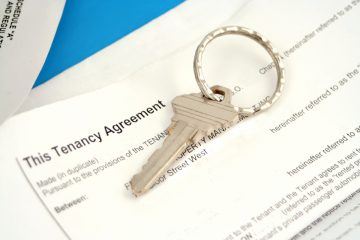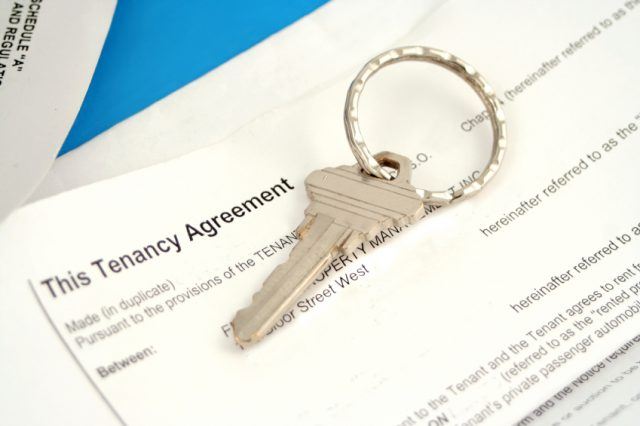Greatest Monthly Fall in Scottish Rents on Record
Rent price data for March shows the greatest monthly fall in Scottish rents on record, according to the latest Scotland Buy-to-Let Index from Your Move.
The average private rent in Scotland dropped by 0.7% in the month to March, the sharpest monthly fall since the index began. It is also the first monthly decline in rents recorded since September 2015, when average rents decreased by 0.3%.
The £4 drop in rents between February and March takes the average rent in Scotland to £544 per month – Scottish rents have not been this low since May 2015.
The monthly drop also takes annual rent price growth down to 1.1% – a significant downturn from the 2.1% inflation seen in February. The annual price change is now at a 13-month low, equal to the 1.1% increase recorded in February 2015.
The Lettings Director at Your Move Scotland, Brian Moran, comments on the figures: “Those who signed a new tenancy in March will be feeling confident they snapped up a competitive deal, and will be enjoying a little extra cash in their pockets at the end of every month. It’s been a rare break for cover and it’s unlikely to hang about for long, as the Scottish rental market begins to gear up towards the annual autumnal peak.

Greatest Monthly Fall in Scottish Rents on Record
“Tenants in big cities like Edinburgh haven’t enjoyed the same reprieve at all, with the ratio of supply and demand still stacked greatly against them. Investment from landlords needs to follow the tune of the jobs market and economic activity.”
He continues: “Affordability is the main warning light to watch out for on the dashboard, and with the frequency of arrears on the rise once again, this reminds us of the considerable obstacles ahead. With landlords now facing an additional 3% Stamp Duty on property purchases, and the Private Tenancies Bill passed through Scottish Parliament, we’re entering unchartered territory. What we do know is that if landlords hit the brakes and cause a roadblock of supply in the private rented sector, tenants will be the casualties paying higher rents in the longer term.”
Rents in March were down in the majority of Scotland, with just Edinburgh and the Lothians recording a monthly rent rise. Rent prices in the region grew by 0.2% (or £1) to hit a new peak of £645 per month.
The greatest monthly decline was seen in Glasgow and Clyde, where rent prices dropped by 1.5% between February and March. This represents an £8 fall, taking the average rent to £544 a month.
The Highlands and Islands experienced a similarly sharp 1.4% fall, with rents in the East down by 0.8% on a monthly basis. The South of Scotland saw a more modest 0.2% downturn in rents over the same period.
Despite widespread monthly decreases in rents in March, the proportion of rent arrears in Scotland has risen for the first time since October 2015.
The level of rent arrears increased to 11.3% of all rent due in March – up from a seven-month low of 10.9% in February. On an annual basis, the proportion of late rent is up from just 8.6% in March 2015.
Moran says: “March has seen a very unwelcome about-turn in the direction of tenant finances. Up until now, Scottish tenants have been making good ground over the spring months, and paying down levels of late rent – but there’s still a mountain to climb for many households.
“External factors and the wider economic climate obviously have a vital impact on tenants’ bottom line and the delicate balancing act between monthly income and outgoings, but landlords on the ground can help keep a lid on affordability pressures too. Good management of buy-to-let properties and regular communication between landlords and their tenants is crucial to signpost any early concerns and avoid the likelihood of rental arrears.”
He adds: “Tenants need properties they can afford, and landlords need tenants with a healthy grip on their household expenses, so it’s about striking a fair deal for both.”1
1 https://www.landlordtoday.co.uk/breaking-news/2016/4/biggest-monthly-drop-in-scottish-rents-on-record








